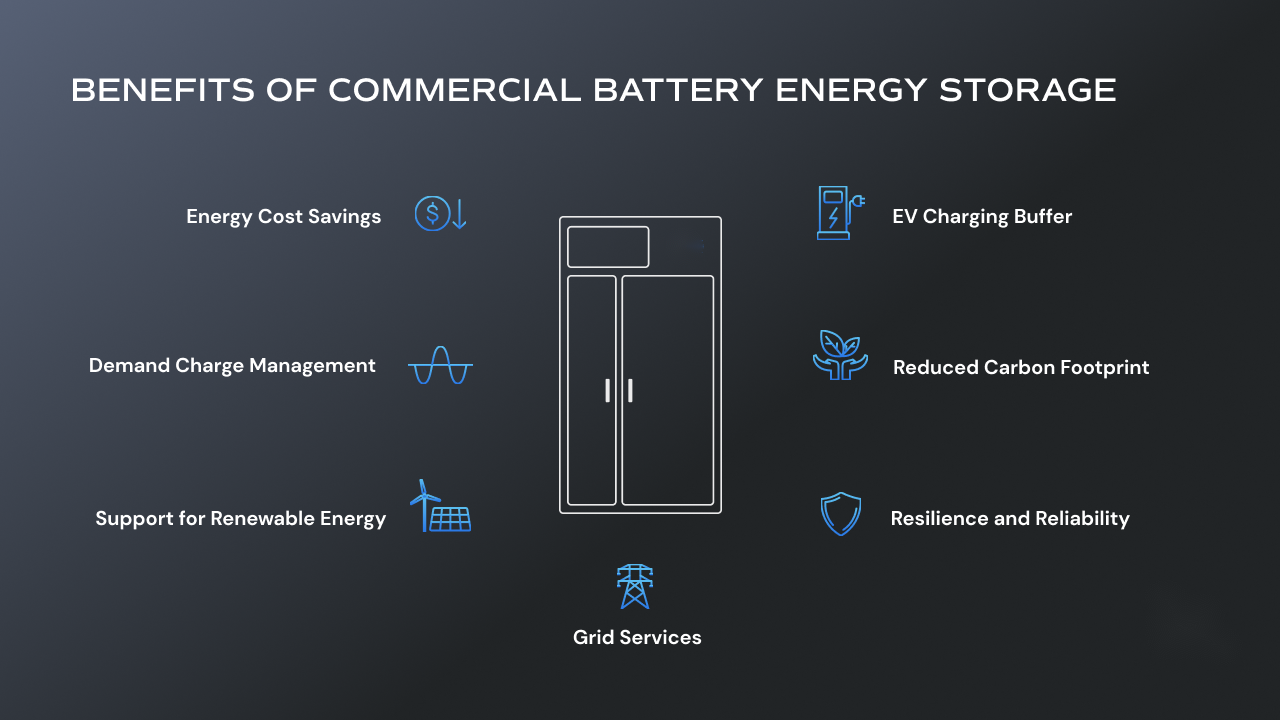
Januari. 12 Agustus 2024 14:58 Kembali ke daftar
Dasar-dasar Sistem Penyimpanan Energi Baterai: Baterai, PCS, BMS
The global energy crisis and the pressing need for environmental protection have brought energy storage technology to the forefront as a key solution. Among the various energy storage technologies available, battery energy storage systems have emerged as one of the most practical and commonly used options. At the heart of these systems lie three essential components: batteries, power conversion systems (PCS), and battery management systems (BMS).
Pertama, mari kita pelajari baterai itu sendiri, yang berfungsi sebagai inti dari sistem penyimpanan energi baterai. Baterai merupakan alat yang mengubah energi kimia menjadi energi listrik. Mereka terdiri dari elektroda positif dan negatif, elektrolit, dan pemisah. Ada beberapa jenis baterai yang tersedia, seperti baterai timbal-asam, baterai nikel-hidrogen, dan baterai lithium-ion. Dari jumlah tersebut, baterai lithium-ion mendapatkan popularitas karena kepadatan energinya yang tinggi, umur yang panjang, dan ramah lingkungan.
Lanjut ke sistem konversi daya (PCS), komponen ini berperan penting dalam sistem penyimpanan energi baterai dengan mengubah energi listrik yang tersimpan di baterai menjadi daya AC yang dapat disuplai ke jaringan listrik atau pengguna. PCS biasanya terdiri dari inverter, transformator, dan pengontrol. Fungsi utamanya adalah mengubah daya DC menjadi daya AC, mengontrol masukan dan keluaran energi listrik, serta menjamin keamanan dan stabilitas seluruh sistem. Kinerja PCS berdampak langsung pada efisiensi dan masa pakai sistem penyimpanan energi baterai.

Berikutnya, kita memiliki sistem manajemen baterai (BMS), yang merupakan komponen integral dari sistem penyimpanan energi baterai. BMS mencakup modul pemantauan, modul kontrol, dan modul komunikasi. Tanggung jawab utamanya adalah memantau dan mengontrol status baterai secara real time, yang mencakup parameter seperti voltase, arus, suhu, dan status pengisian daya (SOC). Selain itu, BMS melindungi dan mengontrol baterai dari potensi risiko, seperti pengisian daya berlebih, pengosongan berlebih, dan arus berlebih, sehingga memastikan keamanan dan masa pakai baterai.
In summary, the battery energy storage system comprises three fundamental components: batteries, PCS, and BMS. Batteries serve as the core storage mechanism, PCS converts stored energy into usable AC power, and BMS actively monitors and protects the battery, ensuring its optimal functioning and longevity. Achieving efficient, stable, and safe operation of battery energy storage systems relies on the harmonious cooperation between these three components.
Efficient energy storage is essential for meeting the demands of a fluctuating energy grid and reducing reliance on fossil fuels. Battery energy storage systems offer a viable solution to these challenges, providing a means to capture and utilize excess energy and deliver it back to the grid when needed. This technology has the potential to significantly enhance the reliability and stability of power supply, paving the way for a cleaner and more sustainable energy future.
As the global energy crisis intensifies, there is a growing need for further research and development to advance battery technology and optimize the performance of battery energy storage systems. Improvements in battery energy density, lifespan, and cost-effectiveness are crucial to accelerating the adoption of battery energy storage on a larger scale. Additionally, the integration of intelligent control systems and advanced monitoring technologies can enhance the efficiency and safety of battery energy storage systems, making them an even more attractive solution for future energy needs.
In conclusion, battery energy storage systems are at the forefront of the fight against the global energy crisis. Batteries, PCS, and BMS constitute the essential components of these systems, collectively working together to store, convert, and optimize energy usage. As the world strives to transition towards cleaner and sustainable energy sources, battery energy storage systems will play a pivotal role in achieving this goal. Continued advancements in battery technology and system integration will propel the widespread adoption of energy storage, providing a more reliable and environmentally friendly energy landscape.
Akan dihapus jika melanggar
Situs web referensi: https://www.scupower.com
-
Wireless DC Charging: The Next Frontier in Contactless EV Power Delivery
BeritaAug.04,2025
-
Hybrid BMS Energy Controls: Integrating Renewable Energy Sources
BeritaAug.04,2025
-
Blockchain for Secure and Decentralized EMS Power Systems
BeritaAug.04,2025
-
AI-Driven for Smart Grids: Energy Management System (EMS)
BeritaAug.04,2025
-
Advanced Distribution Management System (ADMS) Energy
BeritaAug.04,2025
-
5G-Enhanced BMS Energy Savings: Ultra-Low Latency Control
BeritaAug.04,2025























